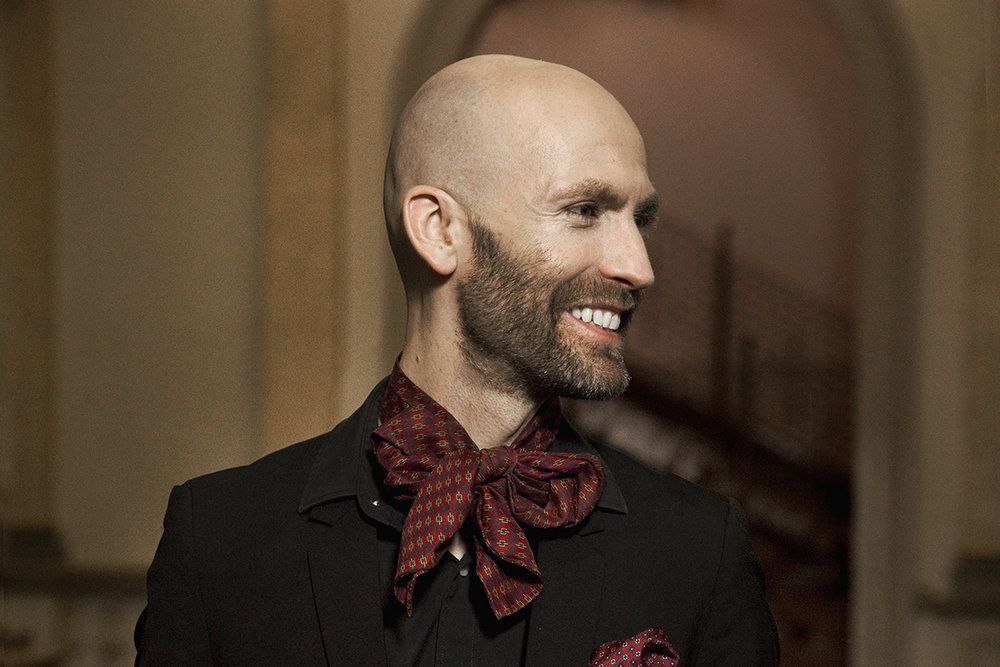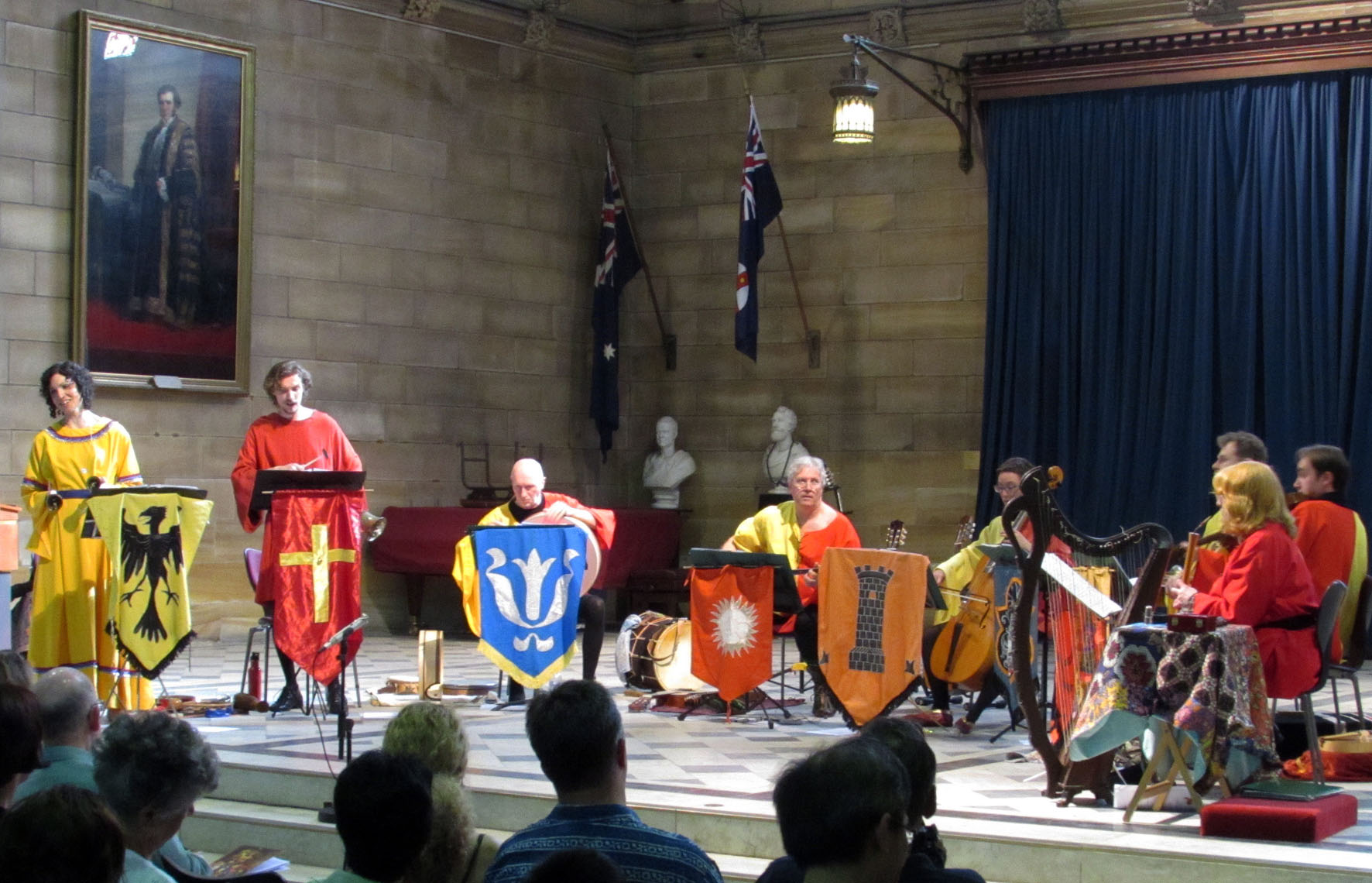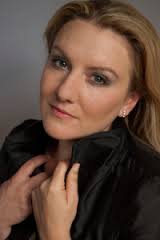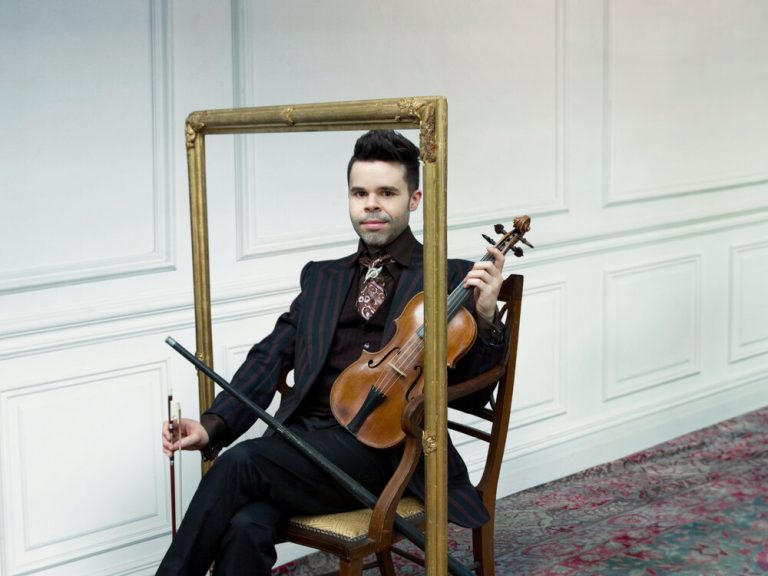Concert Review: CPE Bach, Mozart and Haydn/ Australian Haydn Ensemble/ Helyard
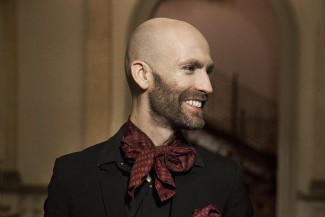
CPE Bach, Mozart and Haydn
Australian Haydn Ensemble
City Recital Hall, Angel Place, Sydney
15 December 2017
Written by Victoria Watson
The Australian Haydn Ensemble was born from a dream of violinist Skye McIntosh in 2012. To her credit, the ensemble has matured into a major player among the fine chamber orchestras of Australia.
Specialising in music of the Classical era of the 18th century, the AHE performs on historical instruments surprising and delighting with its ingenious programming, impeccable artistry and refreshing clarity of vision. This is an orchestra of fine musicians who listen to each other. One of the first impressions on hearing this ensemble is just how accurate and reliable their tuning is – an inherent challenge for any players of historical instruments. They balance a conviction to trust the genius of the composer’s intent with a sense of spontaneity and personal engagement as performers. The individual musicians unite to serve a common purpose, producing unanimity of intent and style. This is Classical music informed by historical performance practice – not the Vienna Philharmonic’s lush Romantic tone on modern instruments.
A highlight of this concert CPE Bach, Mozart and Haydn, was the appearance of guest director Dr Erin Helyard leading from the harpsichord and sharing leadership. Music director of Pinchgut Opera and an academic at Melbourne University, Helyard’s wide-ranging scholarship is teamed with an infectious enthusiasm and quirky expressiveness. He is charismatic and generous with the audience without pulling focus away from the music.
The two works by C.P.E. Bach that were programmed, the Keyboard Concerto in C Major and the Sinfonia in E flat major, were engagingly performed. Mozart considered CPE Bach to be the father of modern composition in his era. The harpsichord concerto opened with an exuberant dialogue between the orchestra and soloist. There was a sense of spontaneous joy conveyed in the musical conversation. It was followed by a contemplative and surprisingly modern sounding minor adagio. The darkly reflective heartbeats of the orchestra were juxtaposed with a dissonant chromatic melodic line which reached a haunting climax in the keyboard cadenza performed with subtle inflection and restraint by Helyard. The king of Baroque ornaments – the appoggiatura – is brilliantly exploited by the composer in this work and signifies his debt to the masters of the Italian Baroque such as Vivaldi and Locatelli. The orchestra never exaggerated these ornaments but tastefully explored the tension and release created through dissonance and resolution.
The Sinfonia by CPE Bach opened in a ravishing torrent of rhythmically exact scale passages. The contrasting sweetness of the second subject set up the possibilities for quixotic mood changes. The leadership of Skye McIntosh came to the fore and the expressive body language she shared with second violinist Matthew Greco anchored the ensemble’s interpretation of this work. After the explosive excitement of the first movement, the languishing sighs of the second movement in the relative minor looked forward to the romanticism of Schubert still decades in the future. The Sinfonia finished with a rollicking theatrical finale.
CPE Bach‘s revolutionary influence was profound on the great Classical composers who followed him. In this performance his music shone with his invention and innovation. Bookending the concert with works from the 1770’s by the masters of Classical composition, a young Mozart and a mature Haydn, was inspired programming.
The Symphony No. 29 K. 201 in A Major by Mozart expressed a joyous playfulness and blossoming genius while the Haydn expressed the essence of ‘Sturm und Drang’ (storm and stress). The early Mozart work was particularly affecting in the warmly elegant muted tone of the second movement. The orchestra demonstrated excellent balance across the treble and bass sections with the wind instruments filling out the middle harmonies. Special mention should be given to the fine playing of the oboes and bassoon. Slow movements can be the ultimate test for any musician and this orchestra does not disappoint. Their reading was sensual, presaging perhaps the erotic delights in the Da Ponte operas such as the nocturnal pleasures in the final act of Le Nozze di Figaro. The use of natural horns can be fraught with danger – not the least their issues of pitch and tendency to sound metallic in forte sections. However, the benefits are great when the purity of tone and lightness of timbre balances the woodwind as it did in this performance.
The orchestra amplified the richness of their tone to match the drama of Haydn’s Symphony Number 5. The ‘Sturm und Drang’ movement inspired artists in the late 18th century to move away from the more rational aspects of the enlightenment to embrace more human emotional drama. The excitement created in the first movement with its dramatic bursts of energy and dynamic changes set the mood for a fitting finale to a finely executed programme.
Victoria Watson for SoundsLikeSydney©
Victoria Watson is a graduate of Melbourne university and VCA. She has appeared regularly as a soprano with the Victoria State Opera and has toured and served as artistic director of many chamber ensembles.
She has performed with Sydney Symphony Orchestra and for ten years, was artistic director of a major opera education project with Opera Australia. Since 2015 she has moved into directing opera including Mozart’s Cosi Fan Tutte at the Independent theatre.
Victoria has lectured in voice at the major universities in Melbourne, and is currently a tutor at UNSW. Having taught at major Sydney secondary colleges, she now runs a busy private singing studio. She is a published author on opera and a popular freelance music and theatre lecturer and advocate for Australian artists around the world.

